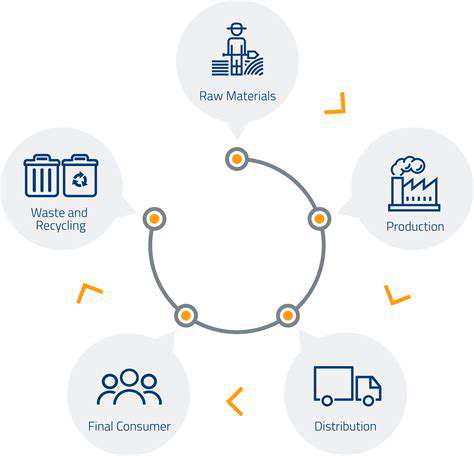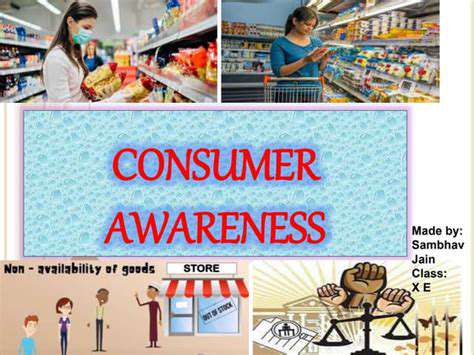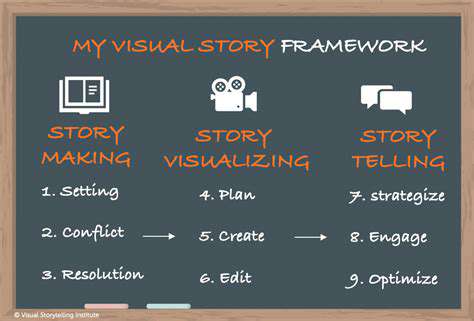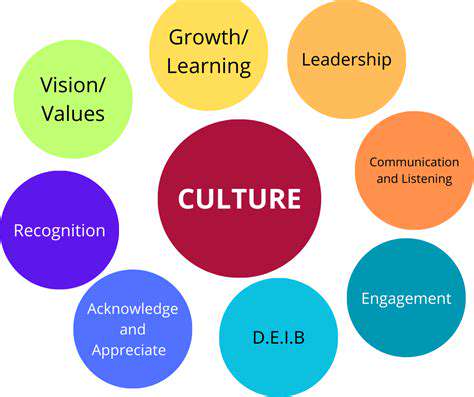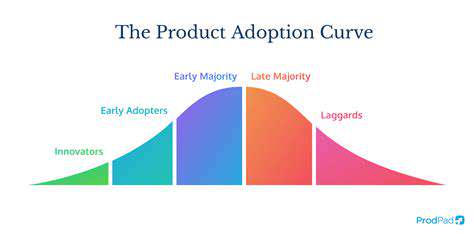Donating Clothes: A Sustainable Way to Reduce Waste
Finding the Right Channels for Your Donations
Identifying Your Target Audience
Understanding who you want to help transforms random giving into purposeful action. Maybe your heart goes out to local families struggling to make ends meet, or perhaps you're moved by the plight of homeless communities in developing countries needing warm clothing. When you pinpoint exactly who you're trying to help, you create a direct line between your generosity and real human needs.
Consider this: A single mother returning to the workforce needs professional attire, while refugee families often require weather-appropriate clothing. These specific needs should shape what you donate. Your used interview suit could literally change someone's life trajectory.
Exploring Local Charities and Shelters
Your neighborhood shelters and charities aren't just collection points - they're frontline responders to community needs. The staff at these organizations witness daily what items are most desperately needed. A quick phone call could reveal that while they're overwhelmed with T-shirts, they desperately lack plus-size winter coats.
Many local organizations now offer wish lists on their websites showing exactly what they need most. Some even schedule pickups for larger donations. This personal connection ensures your items go exactly where they'll do the most good.
Utilizing Online Donation Platforms
Digital platforms have revolutionized charitable giving. Services like GiveBackBox allow you to print free shipping labels to send donations directly to vetted charities. Other platforms connect donors with specific needs - maybe a teacher requesting clothing for students or a shelter needing professional attire for job seekers.
Considering Clothing Banks and Resale Stores
These organizations perform double duty - they keep clothes out of landfills while supporting social programs. That dress you wore twice might generate funds for a domestic violence shelter when sold at a thrift store. Many vocational programs use donated clothing to teach retail skills to people overcoming employment barriers.
Before donating, check each organization's guidelines. Some specialize in business attire for job seekers, while others focus on children's clothing. Matching your donation to their specialty ensures nothing goes to waste.
Understanding Environmental Sustainability
The most sustainable garment is one that's already been made. When evaluating where to donate, look for organizations that track their environmental impact. Some sort donations into multiple streams - wearable items for direct distribution, damaged textiles for industrial use, and unwearable materials for proper recycling.
Innovative programs now exist where your old jeans might become housing insulation or your cotton shirts could transform into cleaning rags. This cradle-to-cradle approach maximizes every thread's potential.
The Ripple Effects of Clothing Donations
Reducing Textile Waste
Every second, a garbage truck's worth of textiles gets landfilled or burned. By donating instead of discarding, you're fighting this alarming trend. Consider that producing a single cotton T-shirt requires 700 gallons of water - saving that shirt from the trash preserves those precious resources.
The decomposition process in landfills creates methane, a potent greenhouse gas. Your donated clothes avoid this fate while potentially replacing the need for new items to be manufactured.
Supporting Local Charities
Local organizations often turn donations into multiple forms of aid. A single sweater might first warm a homeless individual, then later get repurposed into pet bedding for animal shelters when worn out. Some charities use clothing donations to stock free stores where clients can choose items with dignity.
Beyond material aid, many job training programs use donated clothing to teach retail skills. Your castoffs become educational tools helping people gain employment.
Giving a Second Life to Clothing
That barely-worn cocktail dress hiding in your closet? It could make someone's prom night magical. The business suit from your old job? It might help a veteran land their next position. Clothing carries stories, and donation lets those narratives continue.
In developing countries, imported secondhand clothing often provides affordable options where new clothes are prohibitively expensive. Your donation might clothe an entire family overseas.
A Way to Declutter Your Closet
The psychological benefits of decluttering are well-documented. As you sort through your wardrobe, you're not just organizing clothes - you're curating a lifestyle. Each item you release creates space for more intentional living. Many donors report feeling lighter emotionally after donation drives.
This process also teaches children about generosity. Involving kids in selecting toys and clothes to donate fosters empathy and social awareness from an early age.
Environmental Impact of Fast Fashion
The fast fashion industry produces 10% of global carbon emissions - more than international flights and maritime shipping combined. By extending the life of clothing through donation, you're voting against this destructive cycle. Each donated item represents one less garment needing production.
Consider that synthetic fibers can take 200+ years to decompose. Donation keeps these materials in use rather than persisting in ecosystems for generations.
Finding the Right Donation Centers
Not all charities are created equal. Some specialize in disaster relief, others in workforce development. Taking time to match your donation to an organization's mission amplifies your impact. For example, Dress for Success focuses on professional attire for women entering the workforce.
New technologies like donation tracking apps now let you follow your items' journey from closet to beneficiary, creating a more tangible connection to your generosity.
The Social Impact of Donations
Clothing represents more than fabric - it's dignity, warmth, and opportunity. A clean, well-fitting outfit can mean the difference between getting a job or being passed over. For children, having presentable school clothes can boost confidence and academic performance.
In crisis situations like natural disasters or house fires, clothing donations provide immediate comfort and normalcy. Your thoughtful giving creates ripples of hope throughout communities.
